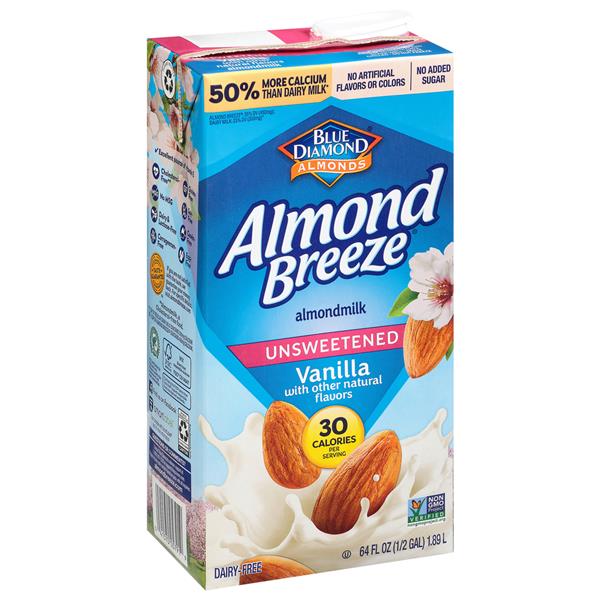
“You’re better off spending your organic food dollars where it really matters: produce, meat, milk.” “Organic junk foods are still junk foods,” Palmer says. They may be better for the environment, but they are not better for you. People automatically assume cheese crackers, gummy candies, and brownie mixes labeled “organic” are healthier options than their non-organic counterparts. Healthier option: For your next PB&J use a natural full-fat peanut butter with no added sugars. Makers of reduced fat peanut butter make up for the loss of flavor with extra sugar, salt, and food additives. And that fat provides peanut butter’s satisfying taste and texture. Peanut butter contains a healthy ratio of saturated and monounsaturated fat similar to that found in olive oil. Healthier option: Whole wheat pasta tossed with olive oil, garlic, and as much spinach as you like. Spinach Wraps, Spinach Pasta and Veggie Chipsĭon’t be fooled by their leafy-green hues, these products are simply white pasta, flour tortillas, and potato crisps with a splash of spinach juice. Healthier option: Bake your own energy bars with oats, dates, and almond butter. Look for real, whole ingredients, and avoid added sugar and trans-fats. Spend a few extra minutes reading the labels and you’ll find a few wholesome bars you can grab on the fly. There are healthy choices, but the plethora of bars on the market can be overwhelming. Unfortunately, some of them contain the calories and sugar content of a candy bar. These grab-and-go wonders have always seemed like healthy between meal options. Healthier option: Water and a wide variety of fruits and vegetables. Last year, Coca-Cola settled a lawsuit claiming deceptive labeling, agreeing to include the drink’s calorie count and the statement, “See nutrition facts for more detail,” on the front of the bottle. But for the average, active kid or adult, colored sugar water is not the healthiest mode of delivery for electrolytes, vitamins or glucose. And Coca-Cola’s Glacéau Vitaminwater bottles boldly list healthy-sounding brews of antioxidants, electrolytes, and vitamins, while relegating their high sugar content to the nutrition label. Sports and Vitamin DrinksĪdvertisements for sports drinks show well-muscled, sweaty athletes gulping them down. To save you the Google, here’s one from Dani Spies of Clean & Delicious: Homemade Pumpkin Spice Latte 3. Healthier option: Make one of the many low-sugar PSL hacks at home. serving, it’s best to call the PSL what it is – dessert. And at 380 calories and 50 grams of sugar for a 16 oz. Pumpkin puree makes its entrance late in the ingredients list. But don’t expect to get a serving of vegetables from this wildly popular autumn beverage. Now, the caramel color is out and real pumpkin is in. The change comes after Vani Hari, an influential and controversial food blogger known as the “Food Babe,” targeted PSL for completely lacking its namesake and for containing caramel color. Starbucks made waves when they announced this year’s PSL would contain actual pumpkin. Healthier option: An actual handful of this superfood fave. “But keep in mind it doesn’t have a lot of almonds – or nutrients – in it.” “It’s a wonderful dairy alternative,” Palmer says.

“Almond milk is mostly water whether it’s store bought or homemade,” says nutritionist Sharon Palmer, RDN, author of Plant-Powered for Life. A recent false advertising lawsuit alleges there is a mere 2 percent of the tree nut in Almond Breeze from Blue Diamond. In reality, the almond content of store-bought almond milk is extremely low. Almond MilkĪlmonds are incredibly healthy for you, so it’s easy to assume the liquid version would overflow with goodness.

Get ready for a heaping serving of truth… 1. Be mindful that cute critters and words like “chia” do not guarantee a wholesome product. Their packages contain words like “antioxidant” and “probiotic.” They feature pictures of bunnies and pastoral farms at sunrise. Read on to discover 11 foods that seem far more healthful than they really are. But even the healthiest among us can be led down the garden path straight to foods that promise nature’s bounty, but deliver heaps of sugar, high calorie counts, and little nutritional value. You stick to the outer aisles of the supermarket where the fruits, vegetables, and lean meats hang out.


 0 kommentar(er)
0 kommentar(er)
